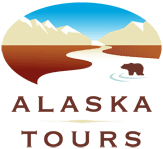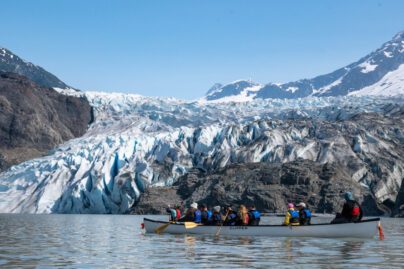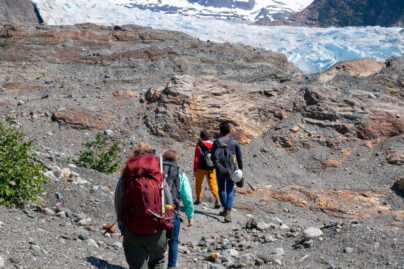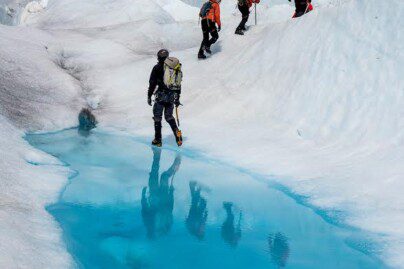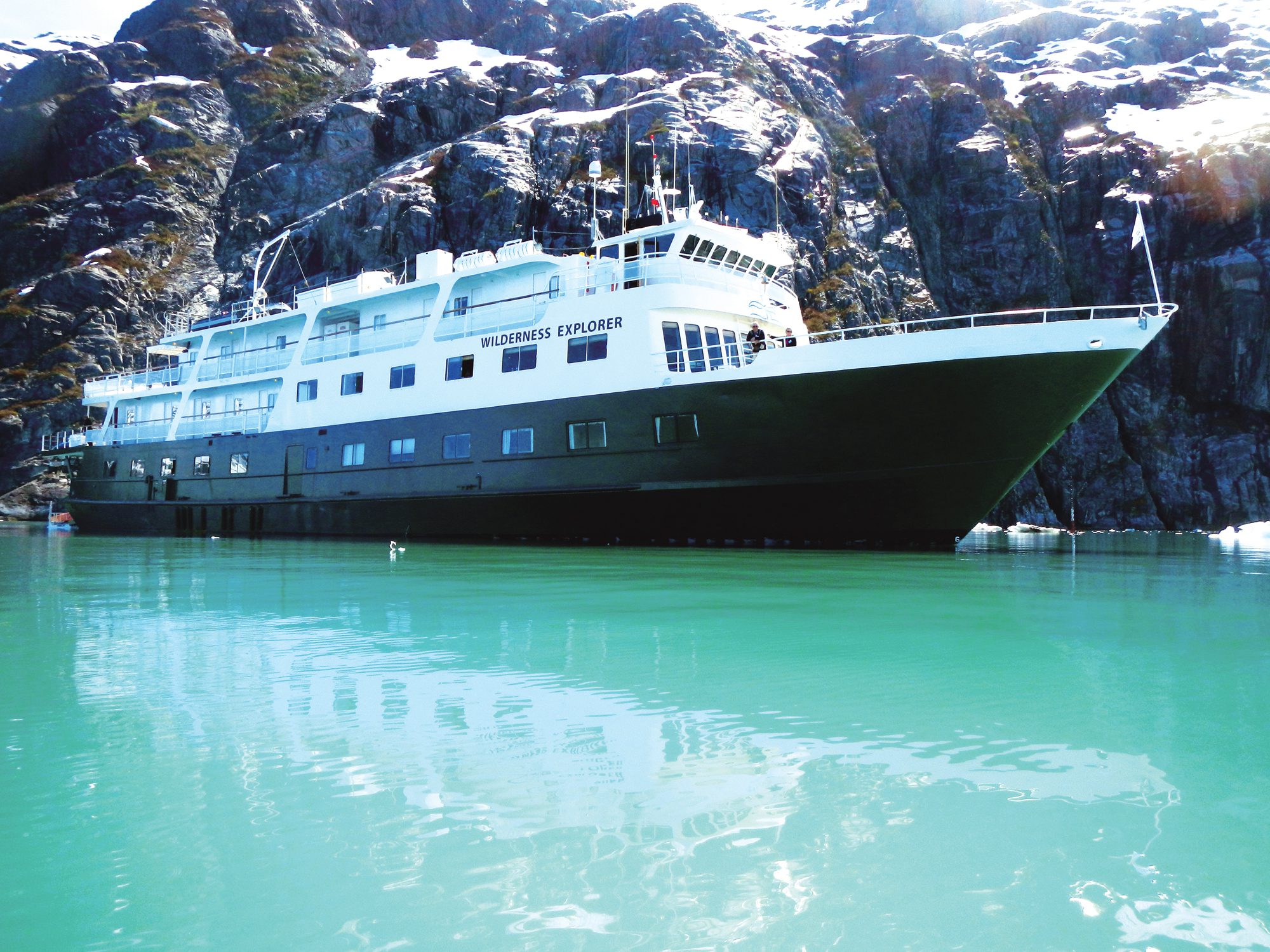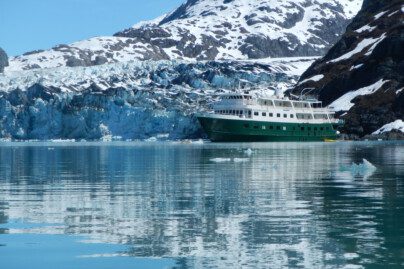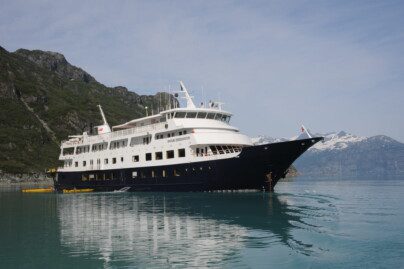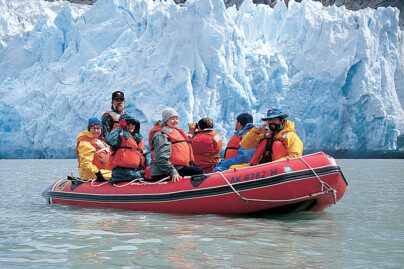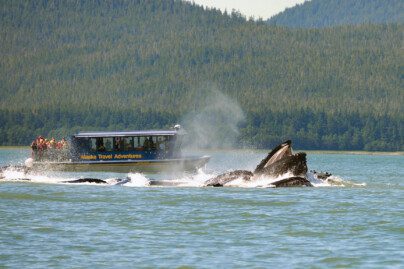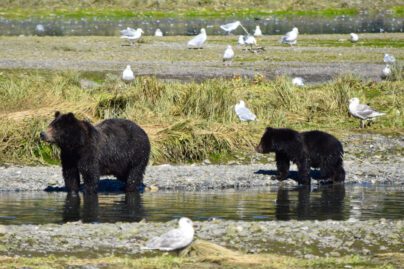The 17 million-acre Tongass National Forest in Southeast Alaska is the largest national forest in the United States and the Earth’s largest remaining temperate rainforest. Approximately 40 percent of the Tongass comprises wetlands, snow, ice, rock, and non-forest vegetation, while the remaining 10 million acres are forest, with 4.5 million preserved as “old growth” wilderness areas. There are 19 designated wilderness areas within the Tongass National Forest, more than in any other national forest.
- Misty Fjords National Monument Wilderness
- Kootznoowoo Wilderness
- Tracy Arm-Fords Terror Wilderness
- Stikine-LeConte Wilderness
- Russell Fjord Wilderness
- South Baranof Wilderness
- West Chichagof-Yakobi Wilderness
- Endicott River Wilderness
- South Prince of Wales Wilderness
- South Etolin Wilderness
- Chuck River Wilderness
- Tebenkof Bay Wilderness
- Kuiu Wilderness
- Petersburg Creek-Duncan Salt Chuck Wilderness
- Karta River Wilderness
- Pleasant/Lemesurier/Inian Islands Wilderness
- Coronation Island Wilderness
- Warren Island Wilderness
- Maurille Islands Wilderness
Home to many species of endangered and rare flora and fauna, the Tongass Forest includes the islands of the Alexander Archipelago, many fjords and glaciers, the state capital of Juneau, and the Coast Mountains. Alaska’s five species of salmon, brown and black bears, and bald eagles make their habitats in the Tongass. An abundance of migratory birds spend their summers nesting in the Alexander Archipelago. Named for the Tongass group of the Tlingit people, the Tongass is also home to the Haida and Tsimshian peoples.
The Tongass National Forest is a popular stop on many Inside Passage cruises in Alaska, such as visiting the Mendenhall Glacier Visitor Center in Juneau and the Southeast Alaska Discovery Center in Ketchikan. Misty Fjords flightseeing, sport fishing and bear viewing, camping, and hiking are popular activities within the Tongass.
